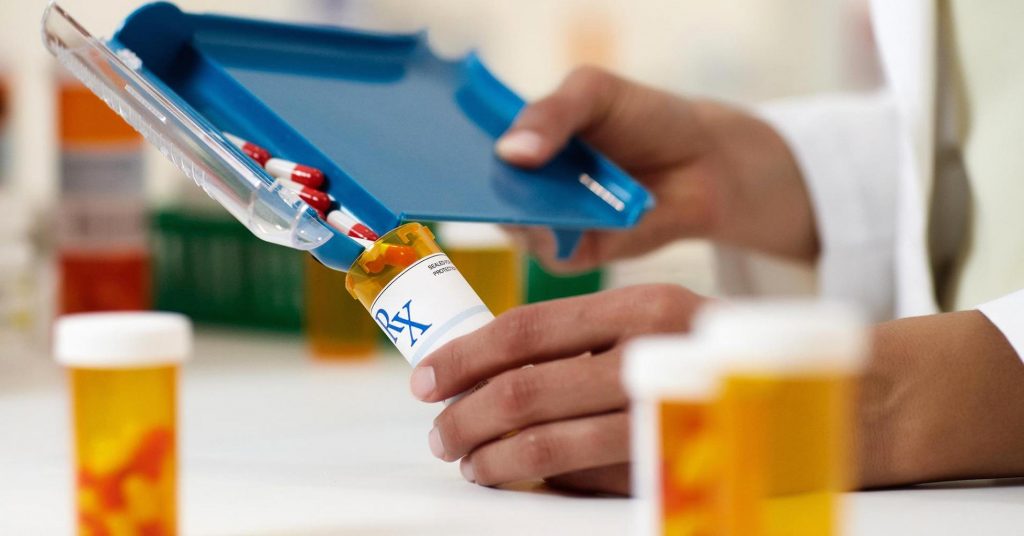
Verily, the Alphabet company formerly known as Google Life Sciences, has been working for several years on a device that is designed to collect blood painlessly using a system of exploding micro-needles and magnets.
The Silicon Valley team, which is run by Verily’s chief technical officer Brian Otis, has gone as far as to produce a working prototype. It’s exploring several possible form factors for the device, including a watch.
Several sources aware of the company’s plans say the device is still many years away from production and faces significant scientific, technical and regulatory hurdles. These people described it as a long-term project akin to other so-called “moonshots” that Alphabet is working on.
The people declined to be named as the project has not been publicly announced.
Verily has not yet been able to line up the necessary development partners in health and life sciences, despite several efforts. There would also be a high bar to prove to the U.S. Food and Drug Administration that such an approach is safe and effective for patients.
The people said that the team at Verily is still exploring potential uses for its watch. All would involve frequent monitoring of wearers.
The most likely use, which has been discussed internally, would be to use it to track key blood markers for people that are enrolled in clinical trials.
Another more speculative use would be to replace blood draws in some medical settings. Today, nurses regularly wake patients up to take blood samples — having a watch do it automatically would be less disruptive.
One of the people said various compartments inside the watch are designed to store and measure the small blood sample collected, and analyze it for signals.
Verily has a variety of different initiatives in health and life sciences. Its approach typically involves lining up a partner from the medical sector with domain expertise, while it focuses on engineering. Its current projects include next-generation surgical robots, gene-editing techniques to control populations of disease-spreading mosquitoes, and new approaches to diabetes management.
The company also provides resources to “moonshot” academic research projects, which typically require a long-term investment. These don’t always make quick progress, such as its prototype contact lens to monitor blood sugar via a contact lens to help manage diabetes.
Verily declined comment for this article.

